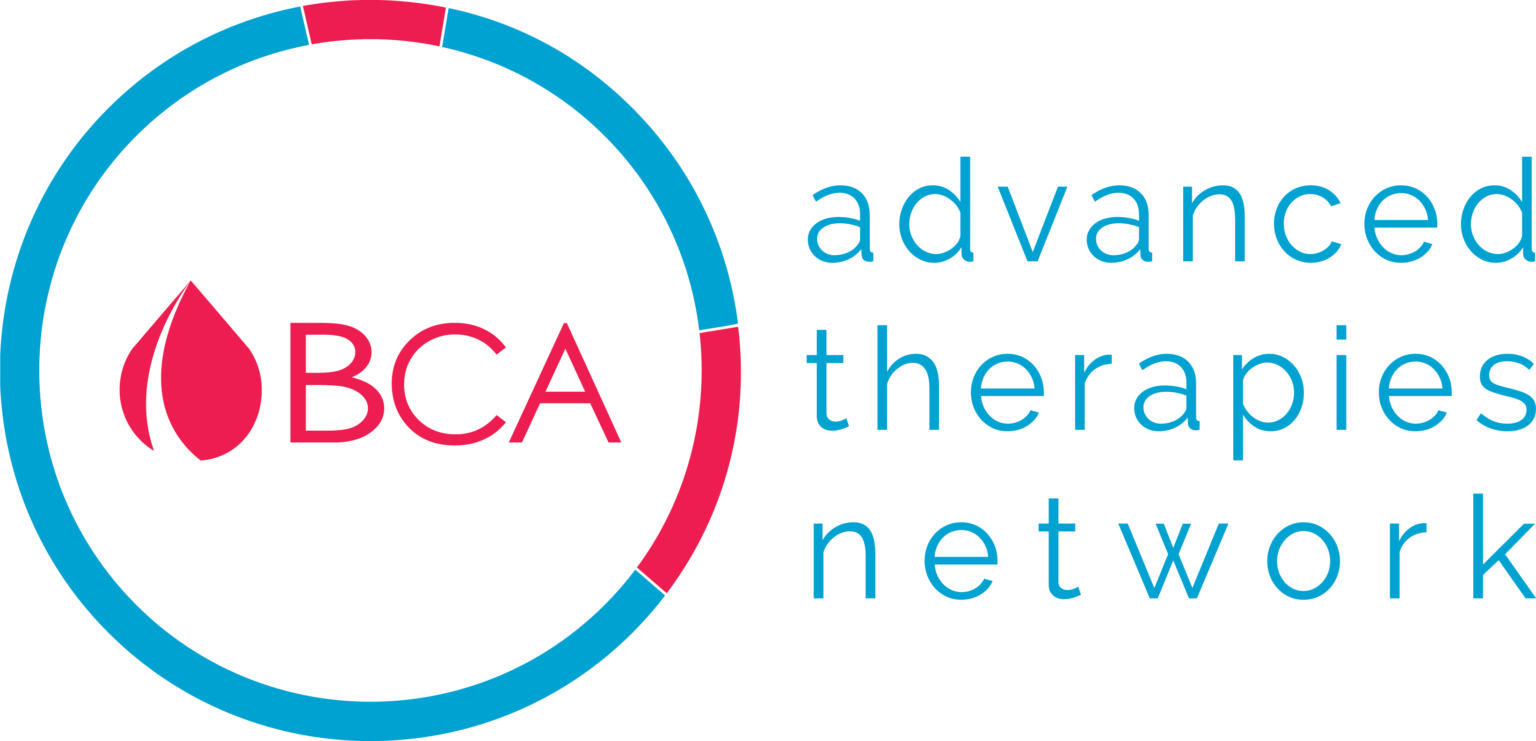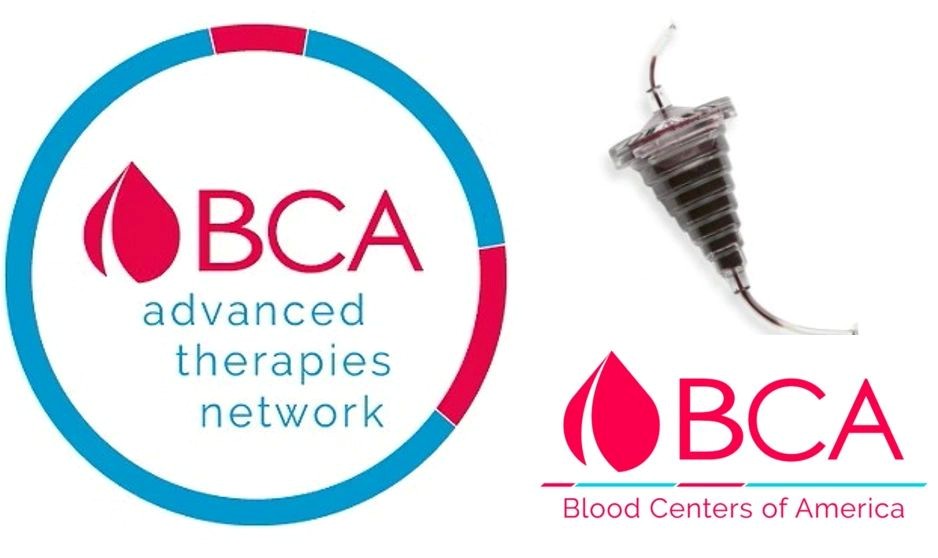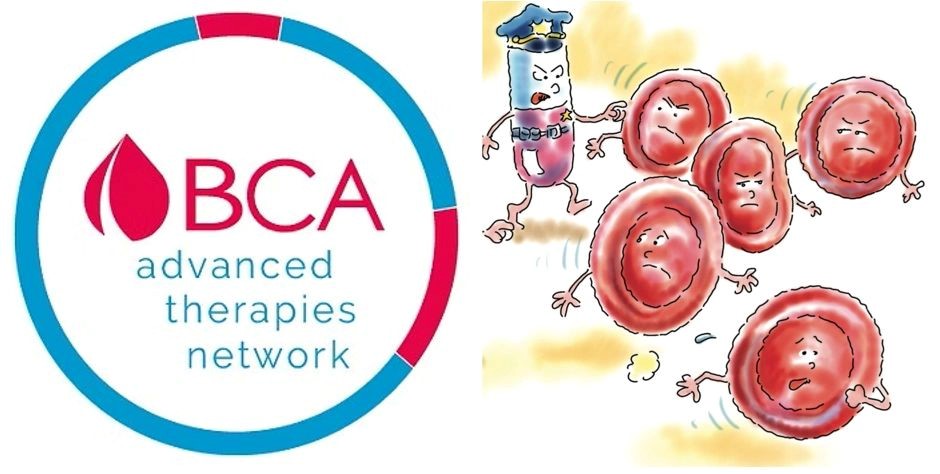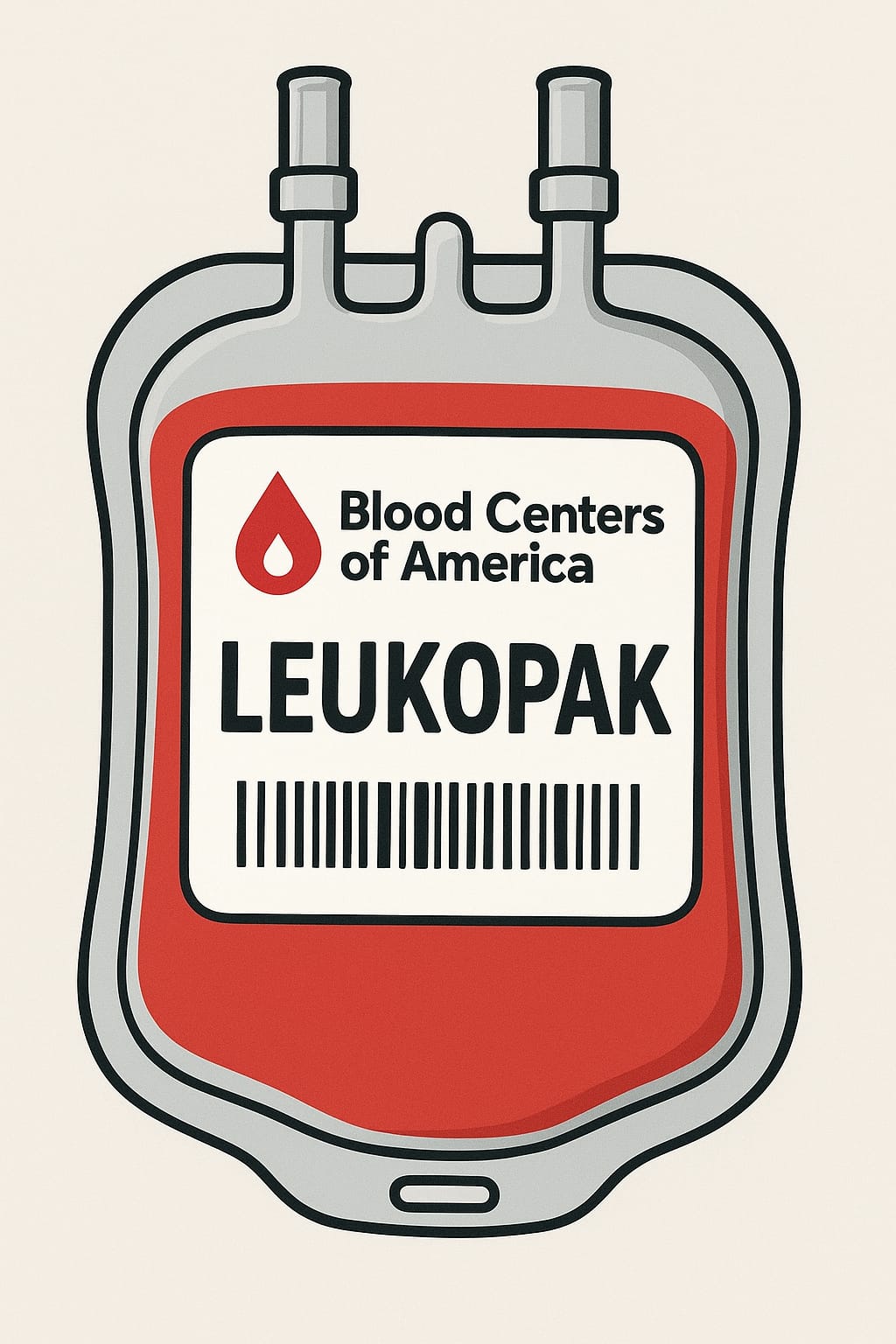Author: Jennifer Chain, PhD, CABP
First Published: August 13, 2025 on www.cellsmatter.com
Reposted here in full with permission (Aug 15, 2025)
Platelet apheresis is designed to collect platelets for life-saving transfusions. But hidden within the tubing of the Trima Accel apheresis system from Terumo BCT lies a valuable byproduct: peripheral blood mononuclear cells (PBMCs). PBMCs are a cornerstone of immunological research and cell therapy development.
PBMCs for research are traditionally sourced from buffy coats derived from whole blood, while PBMCs for the development of cell-based therapies are typically collected through dedicated leukapheresis procedures. However, leukoreduction system (LRS) chambers from platelet collection procedures are rapidly becoming a preferred source of PBMCs for scientists due to their high cell viability and purity, ease of procurement, and reduced cost. This article explores how PBMCs are collected, concentrated, and enriched during platelet apheresis, and how they can be harnessed for scientific and clinical applications.
The Trima Accel and the LRS Chamber: Engineered for Leukoreduction
Leukoreduction is a critical method within the platelet apheresis process, significantly reducing the white blood cell (WBC) contamination of the isolated platelet product to ensure its purity and maintain its safety for use in patient transfusion.(1-3) Separation of WBCs from platelets occurs within the LRS chamber, a cone-shaped, fluidized particle bed integrated into the disposable tubing set of the Trima Accel system.(4,5)
As blood is drawn from the donor and mixed with anticoagulant, it enters the LRS chamber positioned inside the Trima’s centrifuge. During centrifugation, the blood is separated into layers based on density.(5-7) Leukoreduction occurs through centrifugal force alone, no filters or membranes are present within the LRS chamber. Once the separate WBC and platelet layers are generated, the platelets are pushed into the collection bag via a stream of plasma. PBMCs remain behind in the LRS chamber, suspended in a small volume of residual plasma, while the red blood cells (RBCs), granulocytes, and excess plasma are returned to the donor. This process repeats in cycles that continue for up to two hours, allowing enough platelets to be collected to treat multiple patients.
Periodically during the procedure, the LRS chamber becomes overly concentrated with cells. At those times, the Trima software initiates a clearing step that returns most of the cells to the donor.(5,6) However, many cells still remain within the chamber at the end of the collection procedure. Studies show that each LRS chamber contains between 0.5 and 3 billion total nucleated cells, with PBMCs typically making up over 90% of that population. These cells remain highly viable, often exceeding 95%, even days after collection.(2,4,7-10)
PBMC Enrichment and Granulocyte Depletion
A notable feature of LRS chambers is the enrichment of PBMCs and depletion of granulocytes within, at ratios quite different than found in whole blood. LRS chambers contain 5-10% granulocytes, on average.(2,4,7-10) This is a direct result of the Trima system’s density-based separation. RBCs are the most dense, followed by granulocytes (neutrophils, eosinophils, and basophils). PBMCs, which include lymphocytes and monocytes, are the least dense of the nucleated WBCs and therefore settle closer to the platelet-rich layer inside the LRS chamber during centrifugation. This positioning makes them more likely to remain in the LRS chamber, while the more dense granulocytes and RBCs are pushed out through the opposite end of the platelet flow path.(1,2)
What Influences PBMC Yield?
The yield of PBMCs within LRS chambers varies widely(2,4,7-10) and is influenced by several factors. Donor-to-donor variability in WBC and platelet counts is a significant contributor. The duration of the procedure and the number of platelets collected also play a role, although these factors do not fully account for the observed variability.(11)
The Trima instrument operation contributes additional complexity. The system is designed to trigger the clearing event when it detects the LRS chamber is full of cells.(5) The timing and frequency of these events vary depending on the donor’s cell counts and other dynamics of the collection process. There are between 1 and 3 clearing events per collection procedure. If the final clearing occurs close to the end of the procedure, fewer cells remain in the chamber; conversely, a longer interval between the last clearing and the end of the procedure results in a higher PBMC yield.
Also, the type of software program and rinseback medium used during platelet apheresis can significantly affect PBMC retention within the collected LRS chamber.(5,11-13) Terumo transitioned from Version 6 to Version 7 of the Trima software in 2022 and 2023 due to concerns about lymphopenia in frequent platelet donors.(14) Version 7 includes a rinseback step at the end of the procedure that returns more cells to the donor than were returned under software Version 6.(5,11-13) Clearing of the chamber is even more pronounced when platelet additive solution (PAS) is used instead of plasma during that rinseback step. Recent studies showed that compared to plasma-based rinsebacks, the use of PAS reduces mononuclear cell yield and increases the proportion of granulocytes in the LRS chamber.(12,13)
Applications of PBMCs from LRS Chambers
Although they are a byproduct of platelet collections, PBMCs from LRS chambers are highly functional and valuable for a wide range of applications.(7,9) They provide an excellent source of immune cell subsets, including CD3⁺ T cells, CD19⁺ B cells, CD3⁻CD56⁺ NK cells, and CD14⁺ monocytes.(2,4,7-11) These cells are suitable for use in basic immunology research, such as dendritic cell generation, T cell activation, cytokine profiling, and vaccine response studies. They are also useful in early-stage CAR T-cell process development, manufacturing scale-up, and healthy donor qualification. For instance, scientists developing a new CAR T cell protocol can use PBMCs from LRS chambers to optimize activation conditions before scaling up with leukapheresis-derived cells.
Conclusion: A Hidden Treasure in Platelet Collection
The Trima Accel apheresis system and its LRS chamber are not only effective tools for producing clean platelet products but also serve to generate a consistent and rich source of viable PBMCs. For scientists working in immunology and cell therapy, understanding the mechanics of PBMC enrichment during platelet apheresis is essential for unlocking the full potential of these cellular resources.
Ready to tap into this resource? Connect with your local blood center through the BCA Network (www.BCAadvancedtherapies.com) and start integrating LRS chamber-derived PBMCs into your workflow.
References
- Evaluation of a platelet apheresis technique for the preparation of leukocyte-reduced platelet concentrates – PubMed
- Quality and safety of platelet apheresis concentrates produced with a new leukocyte reduction system – PubMed
- Evidence-Based Minireview: Strategies to manage a severely HLA-alloimmunized patient with refractory thrombocytopenia | Hematology, ASH Education Program | American Society of Hematology
- Characterization of mononuclear cells remaining in the leukoreduction system chambers of apheresis instruments after routine platelet collection: a new source of viable human blood cells – PubMed
- Trima Accel
- Trapping of platelets in leukocyte reduction chamber leads to failure of plateletpheresis procedure: a rare troubleshooting during apheresis – PMC
- Leukoreduction System Chambers as a Source of Viable Human Peripheral Blood Mononuclear Cells. | Blood | American Society of Hematology
- A novel source of viable peripheral blood mononuclear cells from leukoreduction system chambers – PubMed
- Leukoreduction system chambers are an efficient, valid, and economic source of functional monocyte-derived dendritic cells and lymphocytes – ScienceDirect
- Leukoreduction System (LRS) Chambers Provide More Human Lymphocytes And Monocytes than Buffy Coats – BCA Advanced Therapies
- Leukocyte Make-up of Leukoreduction System Chambers Collected at Community Blood Centers Using Version 6 and Version 7 of Trima Accel Software
- Effect of the added plasma rinseback on residual cell types in plateletpheresis leukoreduction systems – Kelly – 2025 – Transfusion – Wiley Online Library
- Platelet apheresis with additive solution and plasma rinseback affects the cellular composition of LRS chamber products | Scientific Reports
- Plateletpheresis-associated lymphopenia in frequent platelet donors



